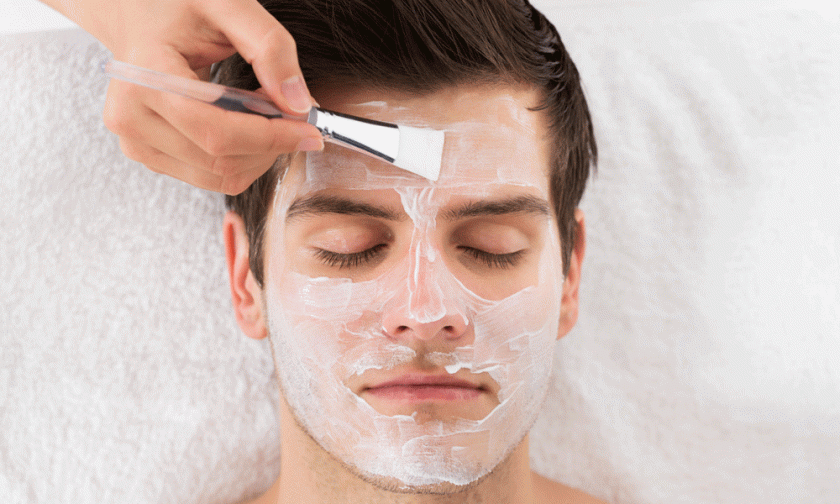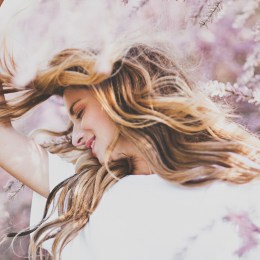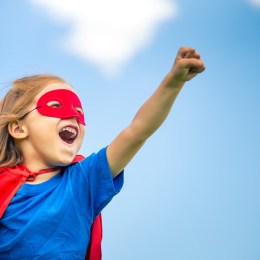Image-consciousness is traditionally associated with women and young adults, but men and older generations are becoming more aware of their appearance as their desire to impress peers and colleagues is growing, according to global consumer insight firm Canadean.
The company’s report* reveals that our increasingly visually-oriented culture often means consumers associate image with success.
“While women are 1.3 times more likely to feel under pressure to look good than men, both genders associate appearance with success in personal and professional lives, with 66 percent of women and 61 percent of men subscribing to this belief,” says Veronika Zhupanova, analyst for Canadean.
“The belief that image correlates with success is strong across all age groups, with over half of consumers agreeing.
“Young adults (aged 16-24), however, are likely to be most influenced by this notion, with 65 percent agreeing, decreasing to 60 percent among those aged 55 and over.
“This trend reflects how image-consciousness is catching up with men and Baby Boomers, demonstrating narrowing gender and age disparities in the beauty market.”
The increasing number of occasions when men use skincare products exhibits this trend, according to the Canadean report.
For example, among major global economies, men used skincare products on 453 billion occasions in 2011, which shot up to 557 billion occasions in 2015.
Meanwhile, as image-conscious consumers age, the desire to maximise appearance among the older generation will increase.
“With image-consciousness becoming ever-more pervasive among ageing populations in developed economies and the pension age rising, competition to look good among this demographic will drive demand in categories such as anti-ageing skincare and makeup, as consumers seek to impress employers and appear as dynamic as younger colleagues,” says Veronika.
Among the young, social media – now a popular daily ritual – can be a significant driver of image-consciousness, with the Selfie culture a means of self-expression and impressing peers.
The close-up nature of the shots, however, means potential for skin imperfections to be captured is high, and may encourage people to seek out products to minimise this.
Veronika continues: “While there have been a number of product launches targeting photo occasions for young adults – such as Estee Lauder’s Flash Photo Powder – older consumers remain overlooked despite increasing social media use.
“This demographic offers prime opportunities in the makeup and skincare categories to innovate in line with the latest trends, such as the desire to be always “photo ready” during busy days.
“In order to make the most of this opportunity, businesses should be subtle in their marketing towards older consumers, emphasising the important role photos have in making memories, for example.”
At the other end of the spectrum, the International Spa Association (ISPA) is urging the industry to start focussing on Millenials, who will be the core spa-going generation for years to come.
The perceptions and preferences of Millennials was the focus of this year’s Consumer Snapshot Initiative by ISPA and PricewaterhouseCoopers (PwC), results of which were released in September.
Of the 1,000-plus 17- to 35-year-olds who responded to the survey, 56 percent reported having visited a spa in the last 12 months.
This is the first time in the five-year history of ISPA’s consumer surveys that spa-goers have outnumbered non-spa-goers – evidence that young people have become powerful players in the spa market.
“Millennials will be the core spa-going generation for years to come,” said Russell Donaldson, senior associate of research at PwC.
“Perhaps most notably, 46 percent of the male Millennials surveyed are spa-goers. And men are increasingly exploring treatments outside of massage: 52 percent claim to have had a manicure or pedicure, and over half – 59 percent – have had a facial at a spa.
“That said, 24 percent of the men who did go to a spa said they were put off from visiting more often because they were either not comfortable or familiar with the spa environment or etiquette, suggesting the industry would do well to address this.
“Not surprisingly, the majority of Millennial spa-goers – 64 percent – are aged 25-35, with just over one in three aged 17-25. However, significantly more Millennials aged over 25 think spa-going is too expensive, compared to those aged 25 or under (71 percent compared to 53 percent).
“Interestingly, Millennials’ affinity with technology hasn’t spilled over into the spa industry yet. Just 32 percent book their spa appointments online (by laptop, smartphone or tablet), compared to 40 percent who book via phone [although men more than women booked via the cyber route].”
* Information is based on Canadean’s report: TrendSights Analysis: Image Consciousness; Exploring consumers’ attitudes towards image and beauty. Canadean provides in-depth market research across the fast-moving consumer goods (FMCG) sector, including food, packaging, ingredients, soft drinks, beer, retail, wines and spirits, cosmetics and toiletries, food service, baby food, tobacco and travel and tourism.



